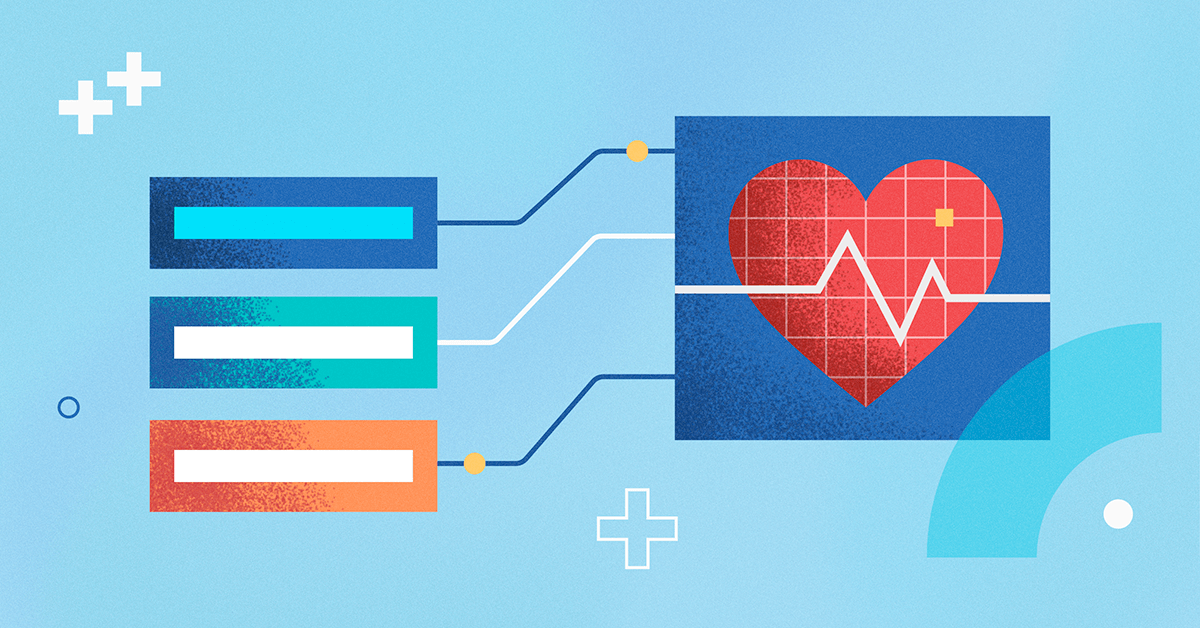
In May 2016, the European Union adopted the General Data Protection Regulation (GDPR), an all-encompassing law protecting personal data. Two years later, it became an enforceable law, establishing requirements for how organizations can process the personal data of EU residents and citizens – including healthcare data – and providing more rights to citizens to be informed about how their personal data is used.
Despite the fact that GDPR has now been in effect for nearly five years, many organizations still struggle to maintain compliance. In fact, as of July 2022, at least 1,163 fines have been issued for GDPR violations or non-compliance, including millions of dollars in fines for healthcare organizations. In 2022 alone, there were €2.92 billion (or $3.11 billion) in GDPR fines, a record year in monetary penalties despite a smaller number of privacy breaches.
Meanwhile, the world’s personal data is only becoming more protected. In fact, Gartner predicts that by the end of 2024, 75% of the world will have its data protected under modern privacy regulations. That’s great news for people! After all, disclosing a patient’s personal health information without their authorization can have a negative impact on their personal and professional lives. But for healthcare organizations, which generate new regulated patient data by the second, it can also be daunting.
Given ongoing compliance challenges and the increasingly regulated nature of the world, it’s worth talking about why healthcare organizations need data lineage to stay compliant with data privacy regulations in healthcare, like GDPR.
The Scope of GDPR in the EMEA Healthcare Industry
While GDPR applies to all types of personal data, patient health and genetic data is considered a special category of “sensitive data''. Because of this, it is subject to even stricter processing requirements than other types of personal data. More specifically, organizations are forbidden from processing sensitive data unless one of a few specific exceptions applies.
GDPR is comparable to HIPAA in the U.S. because it contains protections for healthcare data. GDPR monetary penalties max out at either 20 million Euros or 4% of the violating organization's global revenue – whichever one is the higher amount. Data subjects can also seek compensation for damages caused by non-compliance.
Additionally, despite being a EU regulation, GDPR’s impact spreads far beyond its borders. For starters, GDPR also applies to Iceland, Norway, and Lichtenstein, which are part of the European Economic Area (EEA). Additionally, the United Kingdom retained GDPR in law after Brexit as the Data Protection Act 2018.
Even more importantly, the requirements of GDPR apply to companies all over the world. Any organization that processes the personal data of citizens or residents of a GDPR-protected nation can be held liable for non-compliance. As a result, healthcare organizations and other multinational companies in the United States are frequently bound to GDPR compliance.
While hospital systems or other patient care-focused organizations may come to mind first, nearly every area of healthcare processes protected data, including:
- Biotechnology companies
- Health insurance providers
- Medical device manufacturers
- Pharmaceutical companies
- And more
Break Down Data Silos and Protect Regulated Data with Automated Data Lineage
To prove you are only processing health data under its limited exceptions, you need to closely track and manage how your organization is storing, processing, and securing data. And then you need to be able to show that to auditors.
The healthcare industry’s data silo problem makes this challenging. Many healthcare organizations still store patient data in disparate systems, which hinders visibility into data crucial to achieving informed patient care and regulatory compliance. Without a visual representation of your data flows, it can be difficult, if not impossible, to prove compliance to auditors. Even worse, you might struggle to maintain compliance at all.
MANTA’s automated data lineage platform scans the entirety of your data environment, without sharing or processing any private information, to generate a detailed map of all data flows and dependencies. This can help you not only improve patient care, but ensure that you are processing and securing data within the strict requirements of the GDPR framework.
You also need to be able to show auditors where regulated data resides and how it interacts with the rest of your data environment. MANTA’s active tags, which are color-coded actionable attributes that allow you to mark the information that matters most to you in the context of your data pipeline, are indispensable in this context.
With active tags, you can highlight personal or sensitive data assets directly in your lineage map to see how your regulated data flows and interacts with other assets. Beyond helping you meet auditing requirements, this also enables you to apply stricter controls around who has access to highly regulated patient data.
All you have to do to get started? Schedule a demo with our team!

